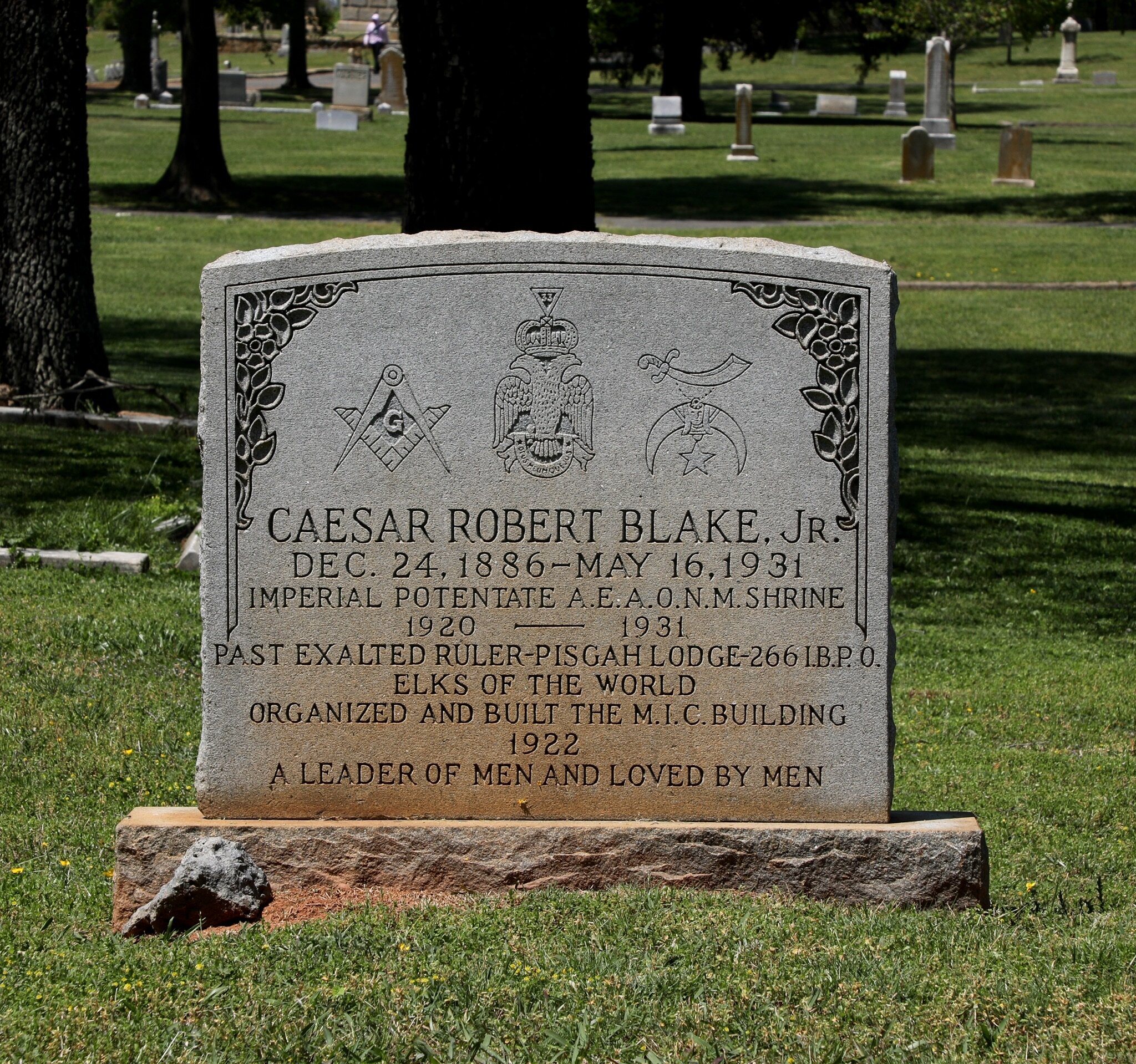
Funerary Art
Understanding funerary art found throughout the cemetery
The array of funerary art in Elmwood/Pinewood Cemetery attests to the economic and social diversity of those interred here. The headstones in the cemetery vary greatly in size, shape and intricacy of detailing, depending upon the wealth of the family or organization that commissioned the stone. The elaborate Baroque or Neoclassical headstones–most often carved from marble, granite or local stone–are prevalent in the cemetery’s eastern portion. The very wealthiest families constructed mausoleums or adorned graves with elaborate sculptures. In contrast, the graves of Potter’s Field are often unmarked or unidentifiable.
The shape, decoration and inscription of a headstone reveal a great deal about the person buried beneath it. Lambs and cherubs sit atop the graves of small children; blooming roses indicate the death of a young person who died while in the prime of their life. The headstones of Charlotte’s Greek citizens are decorated with the Greek Orthodox cross and often feature a picture of the deceased, secured directly to the stone. Many members of the Woodmen of the World organization were honored after death with a tombstone intricately carved in the shape of a log. Members of a Masonic order chose to inscribe their tombstones with the compass and the square. A stone commemorating World War I veterans from Camp Greene features the symbol of the American Legion.
Tombstone symbols
Anchor
Hope or “at rest;” used by early Christians
Angel
Agent of God, guardian of the dead
Broken tree trunk
End of life
Circle
Eternity; incorporated into the Celtic Cross
Columns
Mourning; “broken or draped” means a life was cut short
Cross and crown
Symbolizes the reward of the faithful Christian after death
Crossed swords
Inverted signifies killed in battle
Dove
The Holy Spirit, peace, a soul ascending to Heaven
Evergreens
Immortality
Fern
Sorrow and grief
Gates opening
A soul entering Heaven
Hand with finger pointing up
Hope of Heaven
Hands
Clasped means farewell or meeting in eternity
IHS
In His Service
Ivy
Sinlessness and immortality
Lamb
Innocence, purity; often used on childrens’ graves
Lily
Symbol of resurrection, purity and virtue
Obelisk
Eternal life from the Egyptian sun-worshipping symbol
Open book
Mourning the Bible
Roses
First appeared in Roman cemeteries. Drooping rose stem symbolic that life ended while the rose was still blooming. Catholics use the rose to represent the Blessed Virgin.
Torch
Upturned or life extinguished
Tree
Life, immortality; branches can signify number of children
Tree stump
Woodmen of the World insurance fraternity
Urn
Draped symbolizes death; derived from classical times
Willow
Grief and mourning
